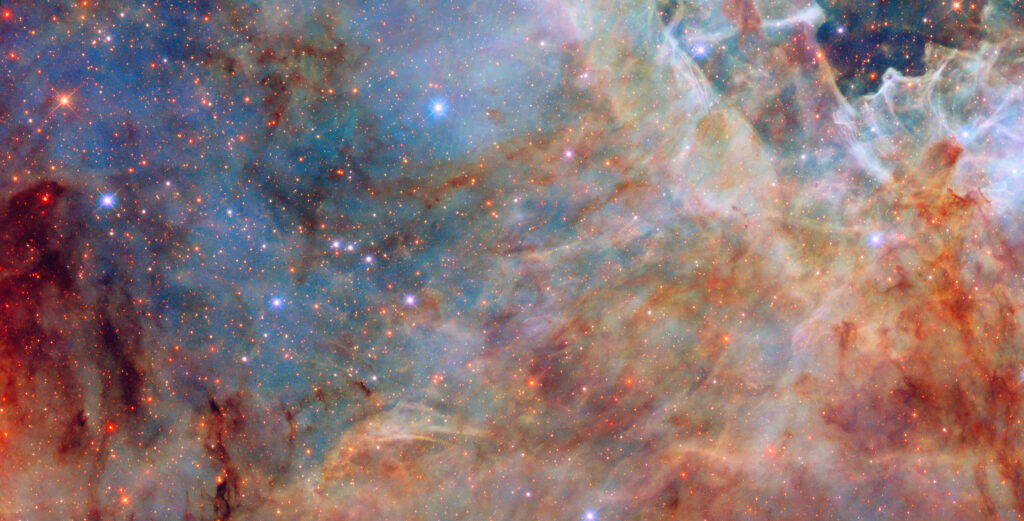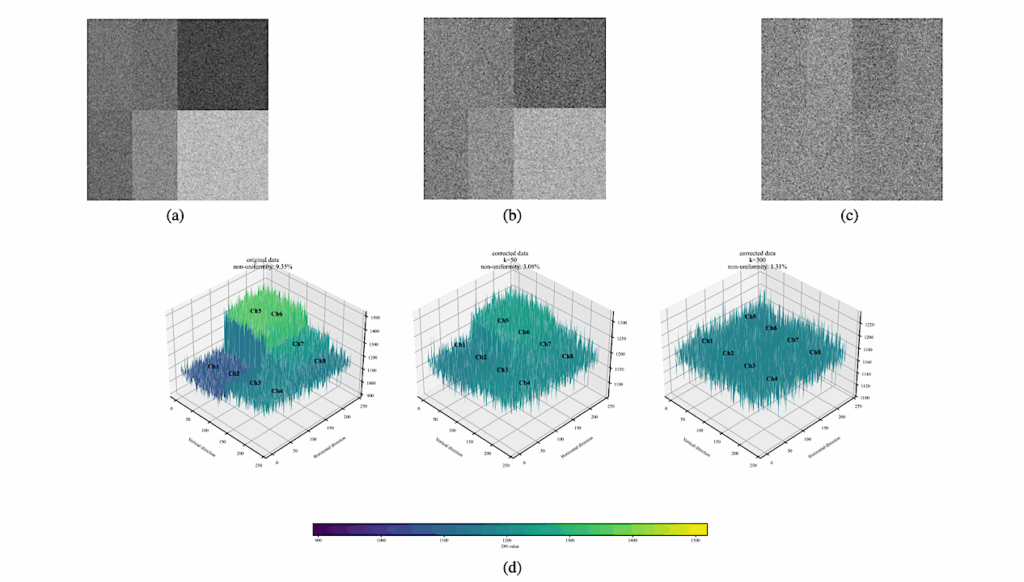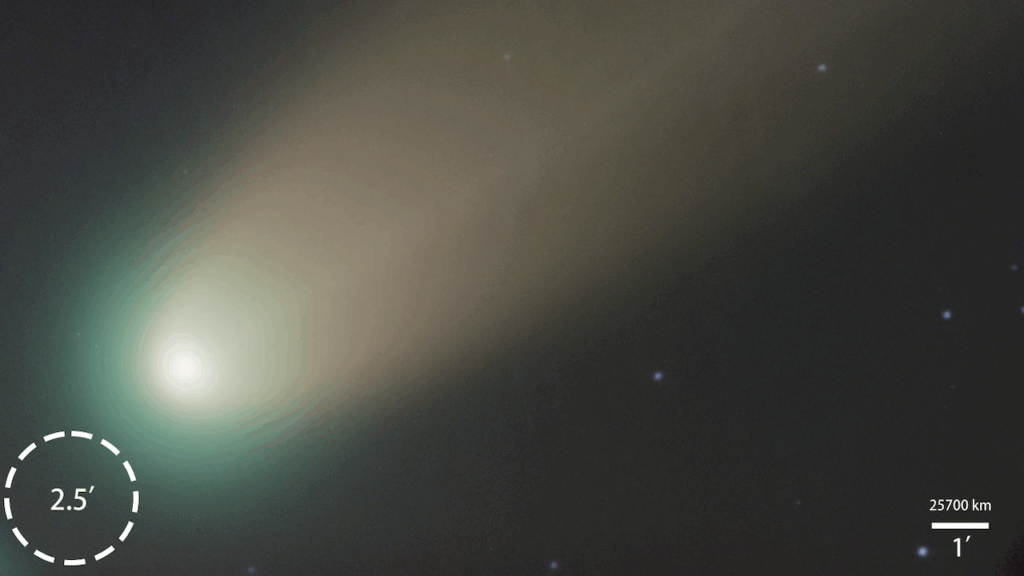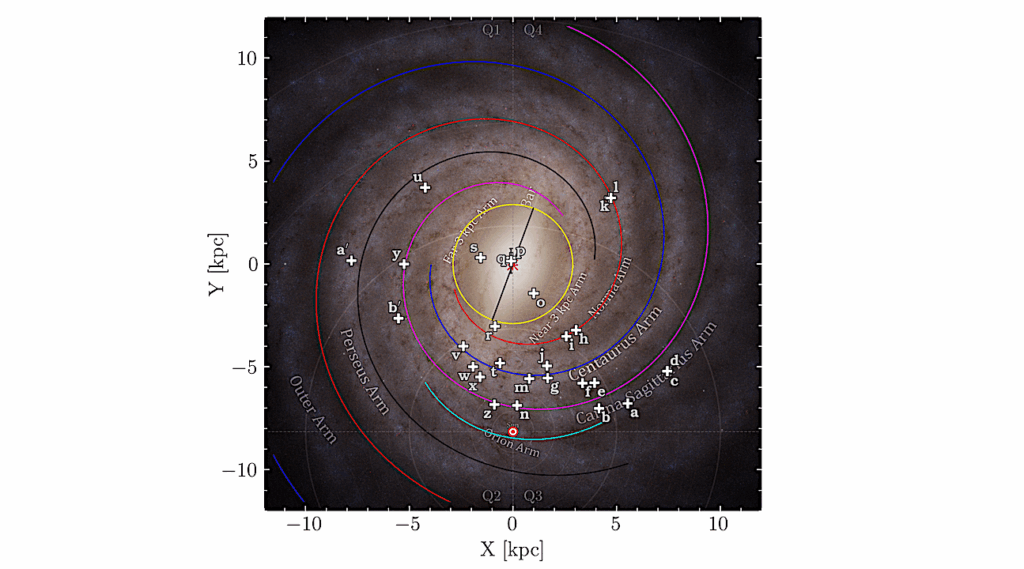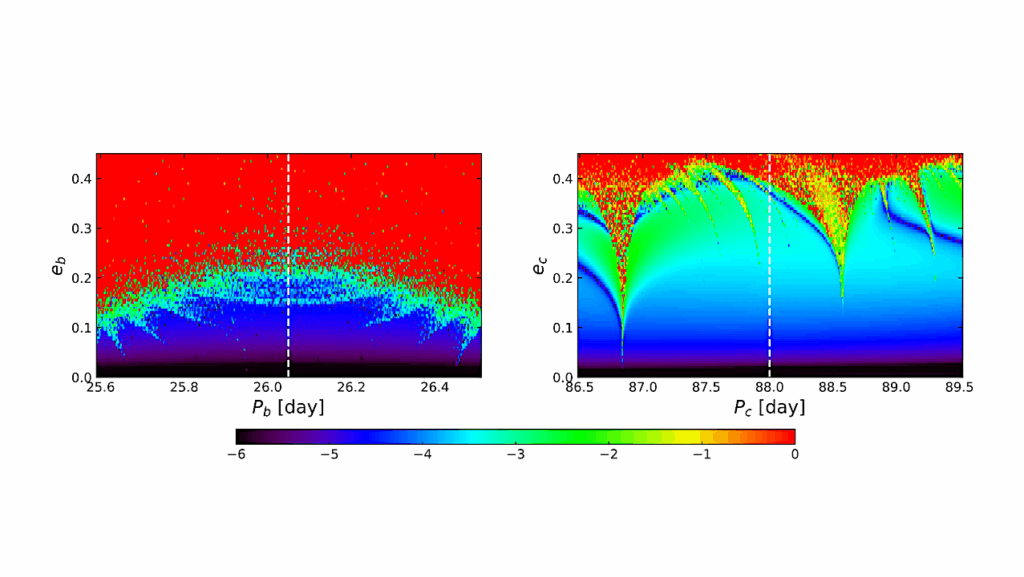Direct Imaging Of Exoplanets
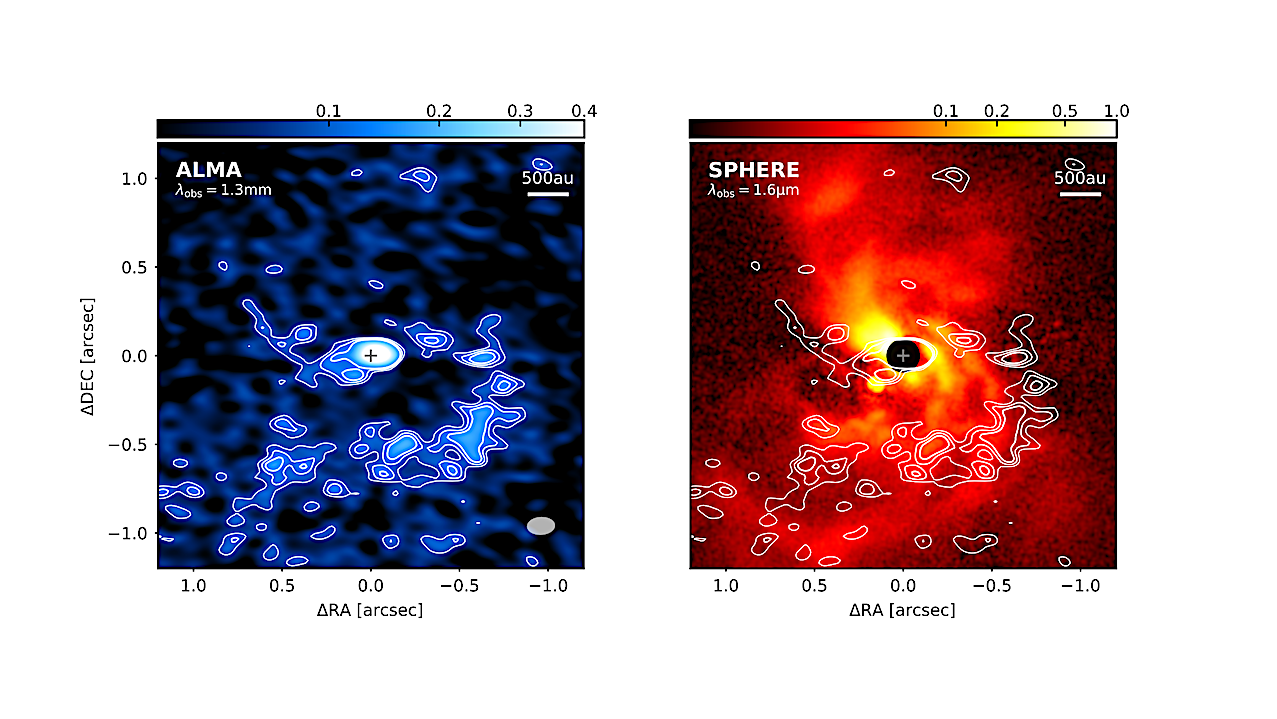
Over the past 4 decades, the exploration of planets beyond our solar system has yielded the discovery of over 5,600 exoplanets orbiting different stars. Continuous advancements in instrumentation and cutting-edge techniques empower astronomers to unveil and characterize new exoworlds with increasing frequency.
Notably, direct imaging, also called high-contrast imaging (HCI), stands out as the only method capable of capturing photons emitted directly from the planetary bodies. This innovative technique proves particularly advantageous for scrutinizing nascent planetary systems, where planets shine brilliantly and emit significant heat during their initial developmental phases.
HCI provides comprehensive visuals of the entire system, encompassing the central star, potential circumstellar disks, and any additional companions. However, the complexity of imaging an object 10^6 fainter than its parent star necessitates state-of-the-art instrumentation. HCI demands cutting-edge tools such as exAO systems, telescopes exceeding 8 meters in diameter, coronagraphs, and modern imagers. The pivotal role of post-processing cannot be overstated in the quest for detecting and characterizing planets through HCI.
This method has not only facilitated the discovery of numerous planets but has also presented invaluable opportunities to explore the properties of young substellar companions, both planets and brown dwarfs. Insights into their interactions with parent disks or other companions within the system, the composition of their atmospheres, and the identification of still accreting planets, also known as “protoplanets,” contribute significantly to our understanding of planet formation scenarios. The continued refinement of HCI promises to unveil further revelations in the captivating field of exoplanetary exploration.
Zurlo Alice
Comments: Preprint of a chapter for the ‘Encyclopedia of Astrophysics’ (Editor-in-Chief Ilya Mandel, Section Editor Dimitri Veras) to be published by Elsevier as a Reference Module. The number of references was capped
Subjects: Earth and Planetary Astrophysics (astro-ph.EP); Instrumentation and Methods for Astrophysics (astro-ph.IM); Solar and Stellar Astrophysics (astro-ph.SR)
Cite as: arXiv:2404.05797 [astro-ph.EP] (or arXiv:2404.05797v1 [astro-ph.EP] for this version)
Submission history
From: Alice Zurlo
[v1] Mon, 8 Apr 2024 18:00:18 UTC (8,651 KB)
https://arxiv.org/abs/2404.05797
Astrobiology



